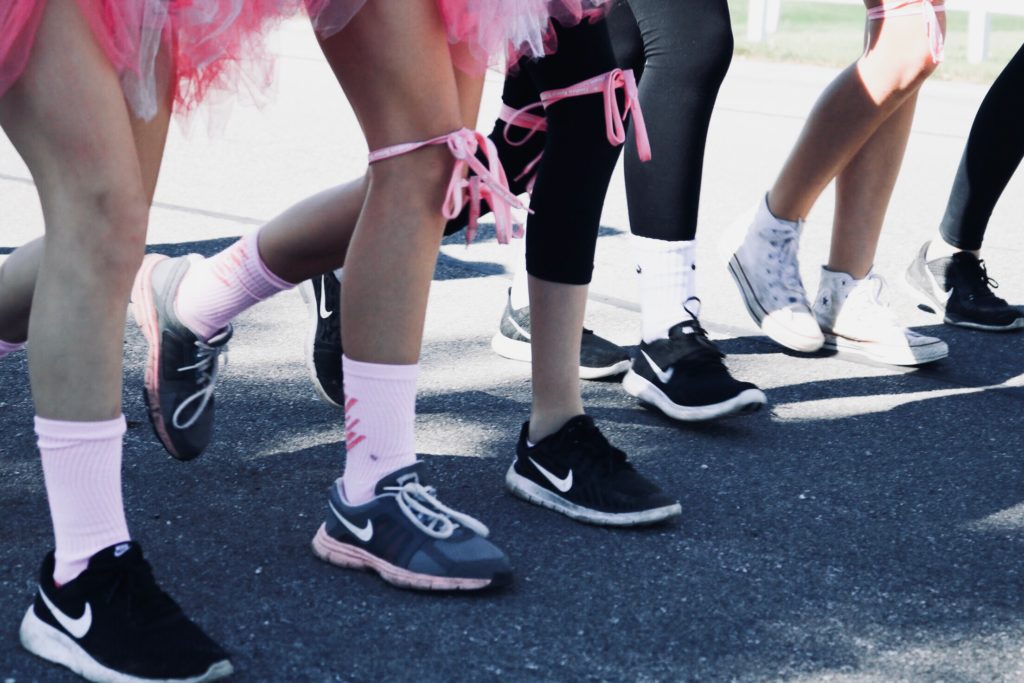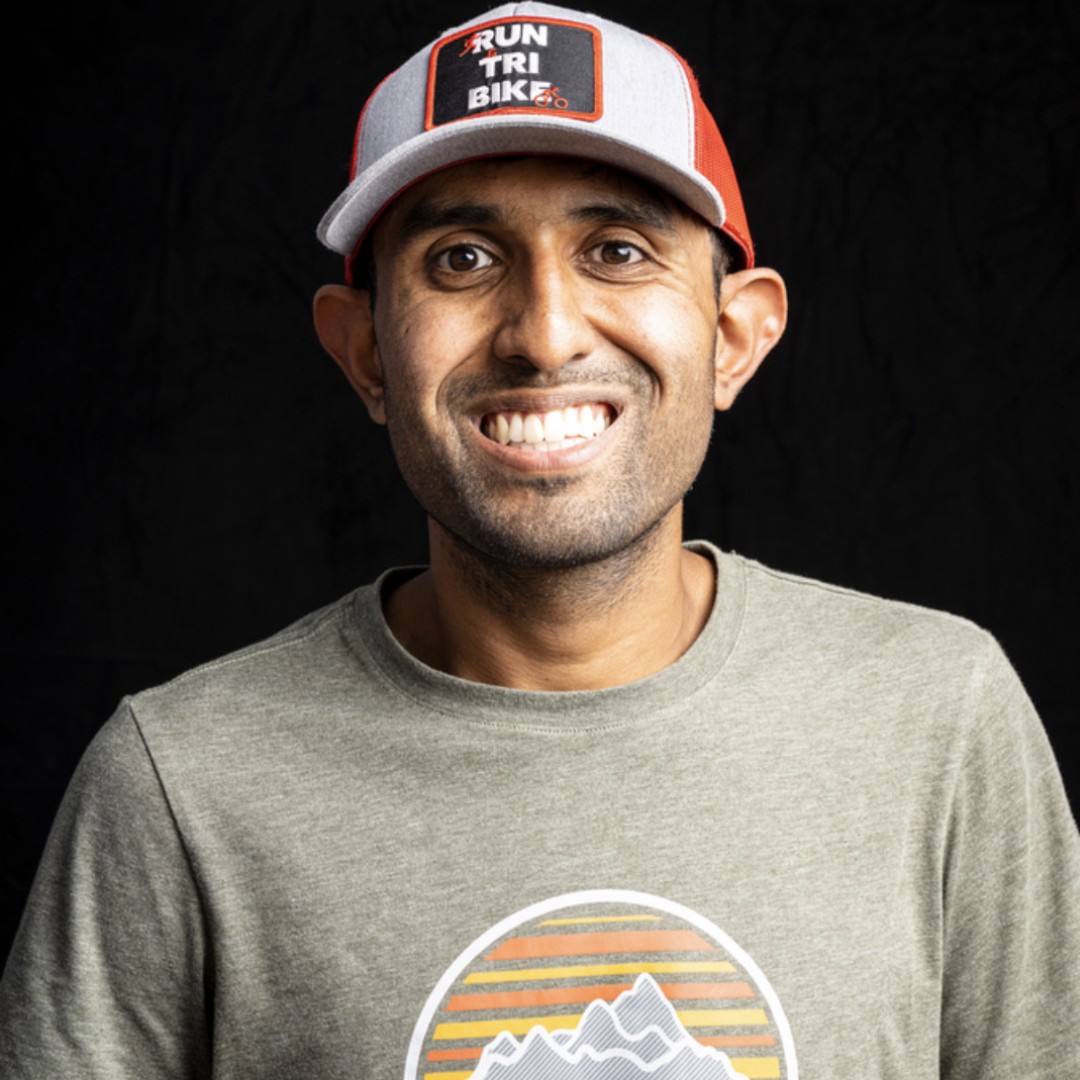Race For Charity: Five Helpful Tips

In his book “Finding Ultra”, Rich Roll doubles down on his belief in having a higher purpose in all that you do. In “Think like a Monk”, Jay Shetty states that the key to compassion is that it’s for the greater good. Through their actions, Jay and Rich endorse a higher purpose. Many top endurance athletes find their way to this principle. Recently, Courtney Dauwalter ran a Custom Ink fundraiser for her “Pain Cave” t-shirt line. Ultrarunner Michael McKnight runs for RODS (Racing for Orphans with Down Syndrome). What do all of them have in common? They see the opportunity to race for charity.
No matter the reason, every endurance athlete has a “why”. Typically, reasons range from “it saved my life” to “I just felt like being outdoors”. Why race for charity? Sometimes, we struggle to find the “why” and having a cause to rally behind can help. For instance, my friend Jeremy decided to run a 5K course in loops for 24 hours for Safety Compass, a charity to help women in sex trafficking. To illustrate, he couldn’t hold food down. Luckily, Jeremy had a powerful “why” for when things got tough. In truth, things always get tough in endurance sports. When you race for charity, you lose nothing and the world gains positive energy.
Therefore, the question shouldn’t be why. It should be “why not”. Honestly, the whole thing can intimidate the best of us. It doesn’t have to be scary or complicated. Of course, anything new can seem daunting, but let’s break it down into five easy steps.
Race For Charity: Five Helpful Tips
- The Cause. The cause is where most of us get stuck. What cause do I choose? Is it a reputable organization? Is it a big cause or am I doing it for the neighbor’s kid? Surely, the number of avenues can be confusing. First, don’t get caught in the small details and focus on the purpose that best fits your “why”. Perhaps you’re passionate about climate change or personally know a victim of depression. Lock in on an idea and narrow your search. Do a search on a website like Charity Navigator! Furthermore, don’t be afraid of input.
- The Narrative. You’ve found a cause and you have you “why”. Next, put the two together. Now, you are creating a narrative. For example, you are running to provide hot meals for the homeless because you grew up not having meals every day. Similarly, perhaps you run for mental health because you struggle with depression and want to help out those like you. Overall, your narrative is the elevator pitch of your entire effort. Choose a narrative that gives you chills or makes you emotional. That’s the one! If you feel strongly about it, chances are it will be easier to make others feel the same way.
- The Race. Now, choose the event where you will spearhead the cause. For most of us, this is the fun part. Perhaps you’re taking on a 240-mile race in the desert. You’ve pledged to climb up a steep mountain once for every $100. Maybe you’re running America’s Largest Triathalon for mental health awareness. In short, the choice is yours.
- The Community. Best of all, you have an amazing community to fall back on. For example, your friends can crew you. In addition, perhaps others in the community can climb that mountain with you. Charity isn’t about taking credit or benefitting yourself. In other words, bring the village!
- The Process. Lastly, have fun with it. You’re doing an amazing thing for the world. Besides, you get to do good things while doing something you enjoy, so make it fancy. Wear an orange tuxedo. Put a picture on the back of your vest. Wear a tiny cape representing the organization. Take a flag to the finish line as you finish your final lap.
In conclusion, it’s all you. Choose something you’re passionate about and just go for it. You’ll never know if you don’t try.

Aum Gandhi is a social media manager, content writer, and co-owner of Run Tri Bike. An active ultrarunner, Aum has a palpable love for the sport and the trail community. His purpose in all his professional and personal activities is to inspire others by leaving a positive impact. Aum maintains a personal blog on his website in which he shares both his running exploits and features of energizing endurance athletes to all audiences. In his free time, you’d probably catch Aum reading, crewing at races, playing video games, out on the trails, or watching NBA Basketball.









